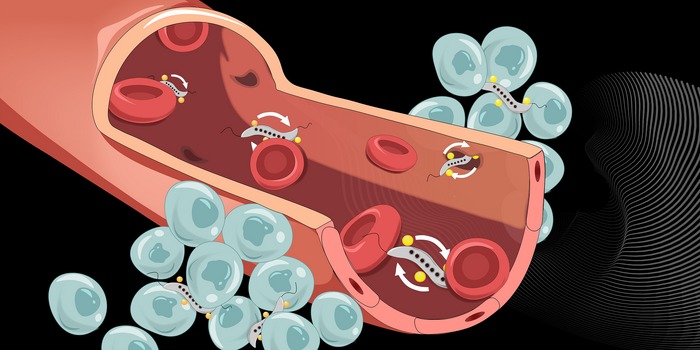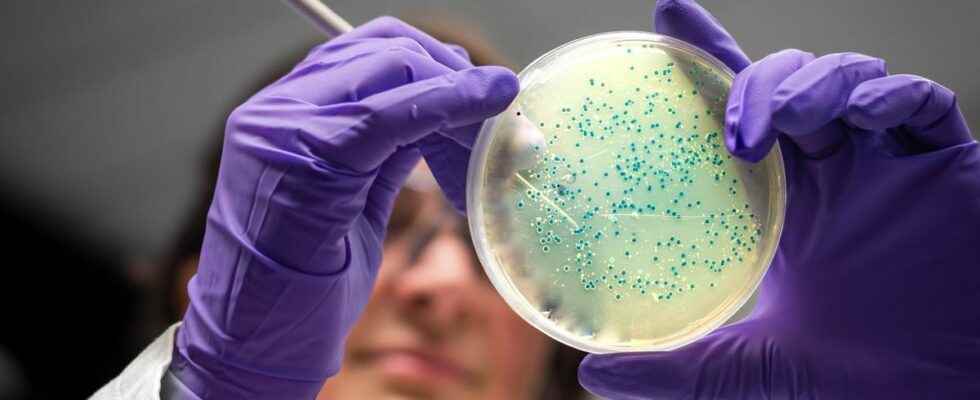Published on
Updated
Reading 2 mins.
One of the major concerns in the fight against cancer is to treat patients while minimizing the side effects of the therapies used. Swiss scientists have discovered a method that seems effective in effectively reaching tumors, even located deep in the body.
Are we witnessing the birth of the next cancer therapy? Researchers at ETH Zurich announce that they have developed modified bacteria capable of crossing the wall of vessels to reach a tumor.
Naturally magnetized bacteria…
Scientists use naturally magnetized bacteria of the genus Magnetospirillum, due to the iron oxide particles they contain. These bacteria have the property of being able to be controlled by a magnetic field and magnets outside the body. The researchers’ feat lies in controlling these bacteria so that they can cross the vessels and lodge in the tumor tissue.
… directed by rotating magnetic fields
This work, led by Simone Schürle, professor of reactive biomedical systems, shows that a rotating magnetic field applied to the level of the tumor improves the ability of bacteria to move towards the tumor. Indeed, the rotating magnetic field propels the bacteria forward in a circular motion, compared to a static magnetic field. This therefore increases the chances for bacteria to slip into one of the many intercellular spaces of the vascular wall. Moreover, this kind of magnetic field is ten times stronger than the static field.

One hour is enough for such a feat
One of the other advantages of this method is that the magnetic field, once positioned on the tumor, does not need to be modified afterwards. The animal models were subjected to it for approximately one hour in order to make the bacteria migrate. Subsequently, it is the natural migration of bacteria that takes over, once in the tumour. “Once the bacteria have crossed the blood vessel wall and are in the tumor, they can independently migrate deep inside.”
Trying to get cancer drugs
The next step for the authors of this work is to get cancer treatments through this route. They have already succeeded in making the bacteria transport liposomes, which are nanospheres of fatty substance. For this, the liposomes were marked with a fluorescent dye. This allowed them to observe that it had accumulated in the tumor tissue. Next step: filling the liposomes with an anti-cancer treatment.
“Finding alternatives to the classic ways”
Asked about this work, Dr Ivan Pourmir, oncologist at the Georges-Pompidou European Hospital in Paris, explains that cancer research is still trying to find alternatives to conventional routes of administration, which are not without effects. secondary. “We are limited by the toxicity of the drugs, because their distribution must be confined to the tumor and damage the healthy tissue as little as possible. This also makes it possible to avoid unwanted side effects” says the doctor first. “By developing this type of therapy, like tumor vaccines, we can inject the treatment directly into the heart of the tumor and avoid intramuscular or intravenous routes”.
